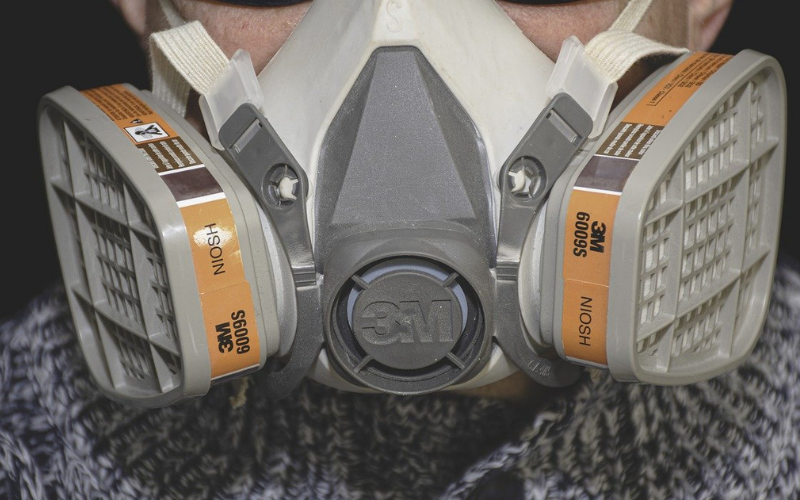A proper respirator is essential for a wide range of industries with threats to the health and safety of workers. It’s crucial to get the right kind of breathing protection, whether it’s a half-face respirator or a full SCBA respirator system. Respirators are classified by the types of hazards they’ll protect a wearer from, the assigned protection factor, and the substances they’re approved for.
Determining Which Equipment You Need
Conduct an exposure assessment to learn what hazards you need to protect against. Particulate hazards like dust or fiber use filters; gas or vapor hazards like solvents and gases use cartridges, and combination cartridges can filter out both. Compare the exposure levels found to the occupational exposure limit (OEL) or permissible exposure limit (PEL) set by OSHA (or appropriate value from another group). Look for engineering or administrative controls for hazards before choosing respirators.
You’ll also need the assigned protection factor (APF). This ranges from 10 to 10,000: an APF of 10 means you’re protected against exposure levels 10 times the PEL. You can find your APF by dividing the exposure level by the OEL or PEL. Think about what other equipment you’ll need the respirator to work with (like safety glasses) and what would be most comfortable to narrow the search further.
How to Read the Ratings
Negative-pressure filter ratings are composed of a letter and a number. The letter indicates resistance to oily mists: N means not resistant to oil, R is oil-resistant up to eight hours, and P is oil-proof within manufacturer limits. The number refers to what percentage of 0.3-micron particles are filtered out of the air. Powered air-purifying (PAPR) filters get a single classification called HEPA or HE.
For gas and vapor respirator cartridges, NIOSH has a color-coding system based on particular hazards. Some of the common types include black labels for cartridges for organic vapors from solvents and white labels for acid gases.
Disposable or half-face dust masks have a Filtering Face Piece (FFP) level of 1, 2, or 3, which denotes the level of protection. FFP1 is appropriate for low levels of dust, solid, and liquid aerosols; FFP2 for moderate levels and higher protection; and FFP3 for higher levels and very hazardous powders, including asbestos, pharmaceuticals, and certain healthcare applications.
PK Safety cannot give medical advice. For advice specific to the medical field, especially where it concerns coronavirus, visit the CDC.
Where to Use Respirators
Disposable respirators like N95 masks are used frequently in industrial and construction applications with a lot of dust or liquids. They aren’t a good fit for lead or asbestos-related work, oil-based particulates, aerosols, and certain healthcare applications (while they will protect against sneeze or cough droplets carrying viruses, viruses are too small to be filtered). They should be used only once, never shared, and disposed of after removal.
A self-contained breathing apparatus (SCBA) respirator system is for conditions that are highly hazardous, including oxygen-deficient atmospheres, areas where hazards are too toxic or concentrated for other respiratory protection, or when the hazard can’t be accurately determined. This type of hazard class is commonly referred to as IDLH, or Immediately Dangerous to Life and Health. Any reusable equipment should be cleaned daily and as needed and checked for damage.
PK Safety Equipment Experts
We’ve been in the business for decades, offering trusted brands of respirators, face masks, and filters as well as other equipment and worksite safety advice. We want to make sure that everyone from industrial worksites to their own homes is safe and well-equipped with high-quality protective equipment and the knowledge needed to complete the project with as few risks as possible. If you need the advice of a safety expert, contact us online or call 800.829.9580.

